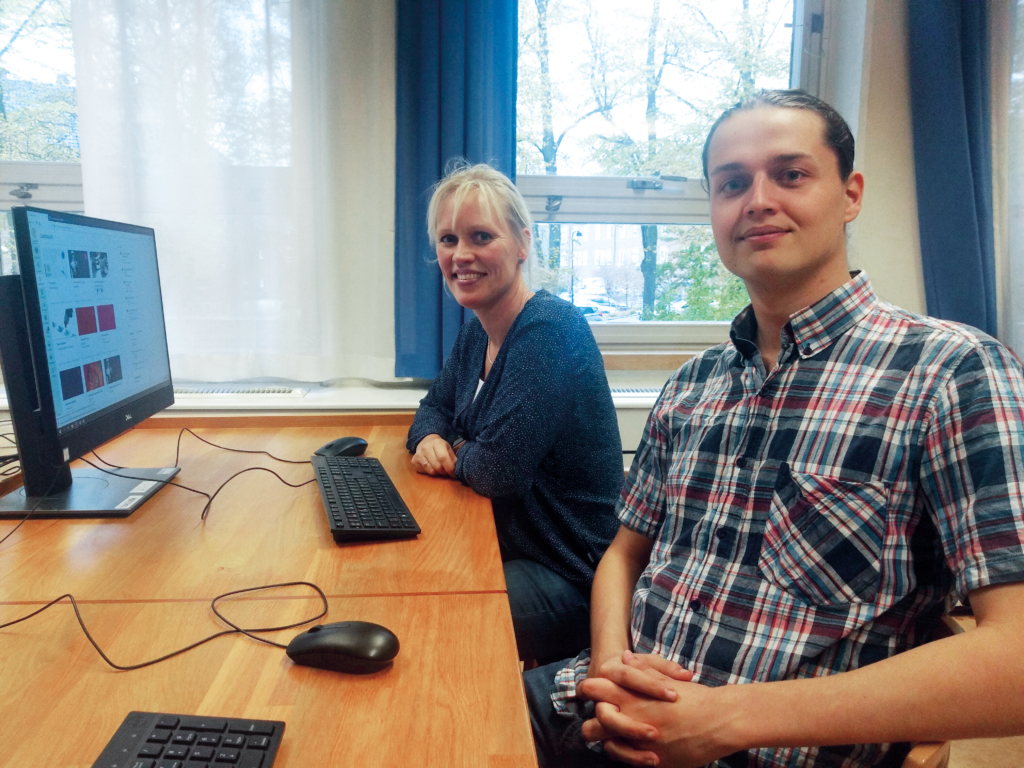Canvas, the new learning system for Lund students, has begun its implementation stage in various faculties. While this change promises good results, there are still problems to address.
Lund University has 15 different systems that provide online study spaces for all students; the two biggest ones are Live@Lund and LUVIT. “A year ago, the University realized that those systems couldn’t keep up with the needs of teachers and students. For that, a pre-study was developed last spring to search for a more suitable system, and Canvas was elected by the Educational Board in this selection process”, says Jennie Paldanius, Project leader for Canvas at Lund University.
Canvas is an American cloud-based learning management system that can be used on web browsers, mobile devices and tablets. It is now available for all Faculties and Programs at Lund University. The project started on October 1st last year and the pilot was launched last spring with 30 courses. Now there are 400 courses, 11.000 students and 1.000 teachers using the new system.
Even though all faculties are invited to be part of Canvas, the Faculty of Medicine has decided to stay with their current system for the courses in basic education and will use Canvas only for PhD education. Likewise, the Faculty of Law has decided to stay with their current learning platform, Blackboard.
Philip Johansson, student representative for Lund University, explains that with Canvas “there is a clear timeline of things happening on the course. Also, you can have notifications for hand-ins and it is more extendable in general”.
Anna Löthman, Communication Officer for the School of Economics and Management, states that 120 courses in the Faculty are already using Canvas. She also states that both students and teachers are very pleased with the new system.
Although it is considered an intuitive tool, some students suggest that several sections are not used on Canvas due to lack of knowledge. Muhammad Hadi, Master student in Service Management, mentions that “the discussion panel, chat or conference are very useful but many students don’t know how to use those. I think at the start of each program there should be a training session for the students, so that they can use all the options”.
However, there are worldwide coverage difficulties with the new platform. It is not possible to access Canvas in Cuba, Iran, North Korea, Syria and the Region of Crimea. “We are aware of the situation and we can inform the students about the restrictions, but as it is an American system there is not much we can do about it”, Jennie Paldanius explains. Philip Johansson suggests that as a student there are other ways to get in touch with your teacher and that this issue shouldn’t be a major problem for Lunds students.
The School of Economics and Management is now working with putting up the rest of the spring courses of 2020, which will be at least 200 courses. The project will be finished by the end of the next year, but as every technological development it is a process of continuous change. “By that point we expect not to be using Live@Lund or LUVIT and move all those courses to Canvas”, Philip Johansson points out.
The system allows the teachers to create and design the course as it deems most appropriate. “We know that online teaching and learning might be a challenge when you are used to doing things in a certain way. We however, do not want to limit our teachers in how they design courses in Canvas, but instead guide them on how to make courses with learning material and activities that are easy to interact with” clarifies Jennie Paldanius.












